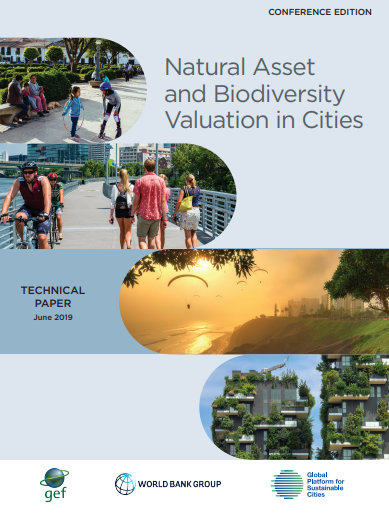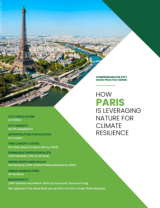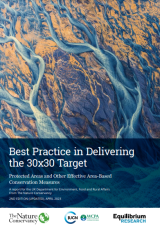
-
Country/City
World
-
Topics
Biodiversity, Accounting, Assessment, Greening Cities
-
Published On
June 17, 2019
-
Author(s)
Global Platform for Sustainable Cities
Cities are increasingly recognizing the role of the natural environment in shaping healthy and livable places that enhance human capital. With urban populations expected to grow by 2.4 billion people by 2050, innovative policies that protect and enhance the value of the environment are required to avoid substantial losses in natural habitat and create favorable places to live. Many city governments are now taking the lead in developing innovative policies to pursue green urban development. These policies prioritize the conservation and enhancement of urban natural assets, ranging from trees on city streets to wilderness areas around cities. Urban natural assets provide a wide range of direct and indirect benefits to people, businesses, and society. These benefits include basic needs like water and clean air, climate regulation, and opportunities for exercise and recreation. However, urban green infrastructure must be protected, enhanced, and managed in order to provide these benefits. Thus it is critical that urban decision makers understand the full range of benefits that these assets provide and their value. Taking both a conceptual and practical approach, this paper develops a framework that cities can use to assess their natural assets and inform efficient investment and policy decisions. The paper also explores the crucial role of biodiversity in underpinning the functions of natural assets and biodiversity’s intrinsic value to urban dwellers.



